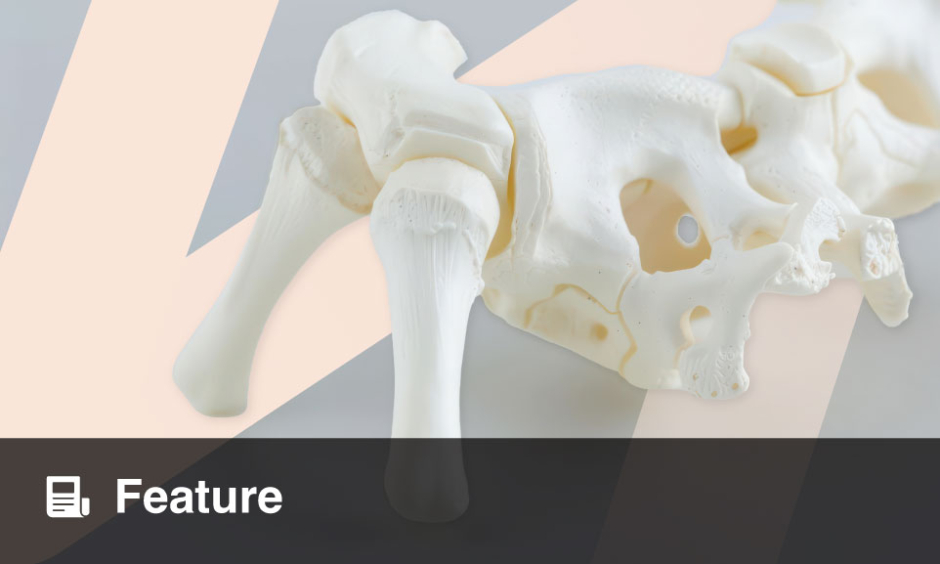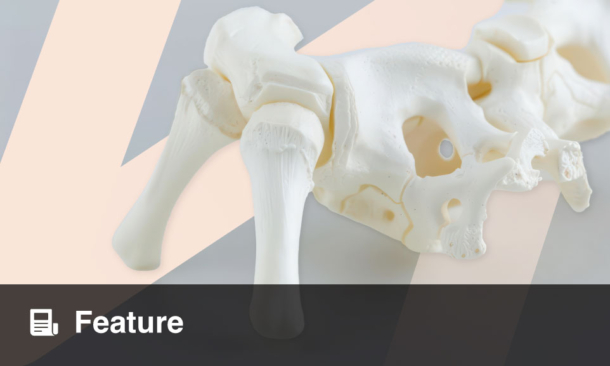Author: Helena Bradbury, London, EMJ
Citation: EMJ Rheumatol. 2024;11[1]:23-25. https://doi.org/10.33590/emjrheumatol/SWCU8250.
![]()
HOT off the press from the European Alliance of Associations for Rheumatology (EULAR) 2024 Congress was a session spotlighting the latest advancements in immunotherapy for rheumatological diseases. The session was led by Georg Schett, Friedrich-Alexander University Erlangen-Nürnberg and Universitätsklinikum Erlangen, Germany, and chaired by Anastasia Madenidou, University of Manchester, UK, and Christophe Richez, Centre Hospitalier Universitaire de Bordeaux Groupe hospitalier Pellegrin, France.
BACKGROUND OF CHIMERIC ANTIGEN RECEPTOR T CELL THERAPY
Schett opened his talk by detailing the structure and precise mechanism of chimeric antigen receptor T (CAR-T) cell therapy. These antigens possess the extraordinary ability to recognise and destroy antigen-expressing cells. “They are serial killers,” Schett stated. Structurally chimeric antigen receptors comprise a targeting element, a transmembrane domain, and an intracellular signalling domain. Extending out from the T cell, the targeting domain acts as a bridge between the immune system and the pathogenic cell, whilst the transmembrane and intracellular domains drive proliferation and cytokine secretion, following activation of the T cell.
Schett subsequently explained the variability in the transduction method, and type of procedure, and explored the latest innovations in this field. Traditionally, lenti- or retro-viruses are the common vectors; however, increasingly liposome nanoparticle and CRISPR-CAS9 gene editing systems are used. Regarding cell infusion, this can either be autologous, where the cells are taken from the patient, or allogenic, where the cells are taken from a healthy donor and gene-edited to reduce antigenicity. Alternatively, transduction can also occur in vivo within the patient. The cellular source can also vary between T cells or natural killer cells.
CASE STUDY: CHIMERIC ANTIGEN RECEPTOR T CELL THERAPY FOR SYSTEMIC LUPUS ERYTHEMATOSUS
Schett shared an insightful case study of a 20-year-old female patient. Diagnosed with severe and refractory systemic lupus erythematosus (SLE), the patient additionally presented with active lupus nephritis, nephrotic syndrome, pericarditis, pleurisy, rash, arthritis, and a history of Libman-Sacks endocarditis. Previous treatments included hydroxychloroquine, high-dose glucocorticoids, cyclophosphamide, mycophenolate mofetil, and tacrolimus, as well as the B cell-targeting therapies belimumab and rituximab, with none driving significant improvement. Her anti-dsDNA levels, for instance, were 8,000-12,000 units/mL (normal <4 units/mL) and proteinuria of 4–6 g/day (normal <0.15 g/day). After the infusion of 50 million CAR-T cells, the patient showed no major toxicity and massive expansion of the CAR-T cells during the first 10 days. Notably, results revealed a rapid loss of circulating B cells, after CAR-T exposure, and a fast decrease of anti-dsDNA antibodies and seroconversion later on. Additionally, normalisation of complement factor C3 and C4 levels and regression of proteinuria were observed. Schett was elated to share that now, over 3 years later, the patient is completely free of all immunosuppressive treatments, and is living a healthy, normal life.
EXPLORER STUDY: POTENTIAL OF RITUXIMAB
Schett provided developments on the EXPLORER trial.1 Conducted in 2010, this trial investigated the use of rituximab for the treatment of SLE. Rituximab is a monoclonal antibody targeting CD20, a protein found on the surface of B cells, which are implicated in the pathogenesis of autoimmune diseases like SLE. Overall, 257 patients enrolled, with individuals entering with a ≥1 British Isles Lupus Assessment Group (BILAG) A score or ≥2 BILAG B scores, despite background immunosuppressant therapy. The BILAG scoring system is a tool used to determine the disease activity in patients with SLE, ranging from ‘A’ (severe activity requiring significant treatment) to D (previous activity but currently inactive).1 Unfortunately, the EXPLORER trial concluded that rituximab did not demonstrate a statistically significant improvement in the treatment of SLE compared to the placebo. However, it did provide valuable insights into the disease and helped guide further research into the treatment of SLE and the use of B cell-targeted therapies. In fact, Rituximab has shown to be an effective form of treatment for rheumatoid arthritis. For instance, a 2007 clinical trial by Vos et al,2 studied the effects of rituximab treatment on the synovium in patients with rheumatoid arthritis early after initiation of treatment. Seventeen patients with rheumatoid arthritis underwent an arthroscopic synovial biopsy procedure directly before and 1 month after receiving chimeric anti-CD20 monoclonal antibody rituximab, and showed considerable reductions in synovial B cell count.2
DEEP NARROW VALLEY
Schett described the depletion pattern of B cells following CAR-T therapy as a ‘deep narrow valley’; short in length and deep in effect. Following depletion of the autoreactive B cells, a ‘reconstitution’ phase ensues in which new CD19 negative B cells are generated. As explained by Schett, this new population of B cells largely comprises naive cells, with low levels of memory B cells and complete eradication of plasmablasts and activated B cells, the latter of which is associated with lupus activity.3 Supporting evidence of this includes the CASTLE study,4 which reported a short-term peak of CAR-T cells after 8 days, and reconstitution of B cells 30–90 days following treatment administration.
Touching on the deep effects of CAR-T cell therapy in autoimmune disease, Schett noted interstitual lung disease and a partial reconstruction of papillary structures in the skin, a phenomenon not observed post rituximab treatment. Additionally, there is a significant downregulation of Type 1 interferon genes in T cells, disrupting this immune response. Importantly, Schett also shed light on the potential adverse effects of CAR-T cell therapy including elevated body temperature, typically in the first days following infusion, and cytokine-release syndrome Grade 1. Furthermore, mild infections can occur, namely upper respiratory tract infection, SARS-CoV-2, and herpes zoster virus.
FINAL TAKEAWAYS
Overall, this EULAR 2024 Congress session showcased the promising results of CAR-T cell therapy in treating refractory cases of systemic lupus erythematosus, offering hope for patients with limited options. The discussions also delved into the mechanisms, innovations, and potential adverse effects associated with these treatments. As the field continues to evolve, these insights pave the way for further research and development, aiming to improve outcomes for patients with autoimmune diseases.







